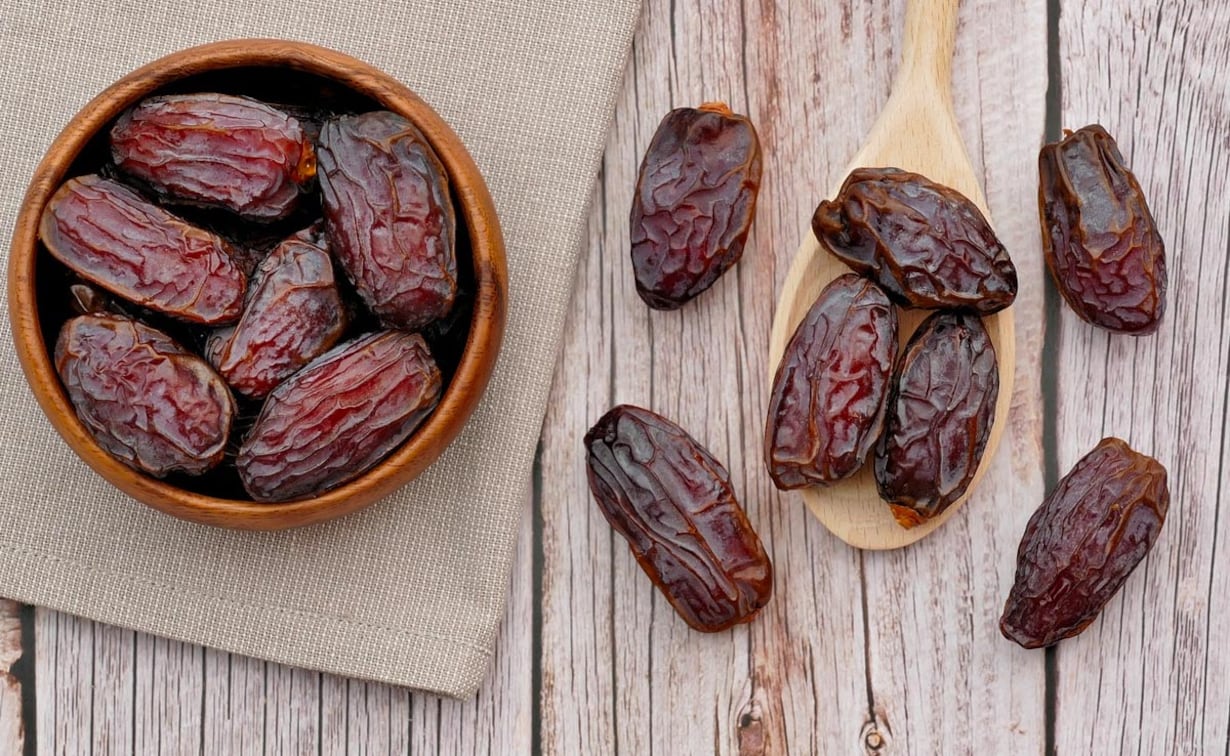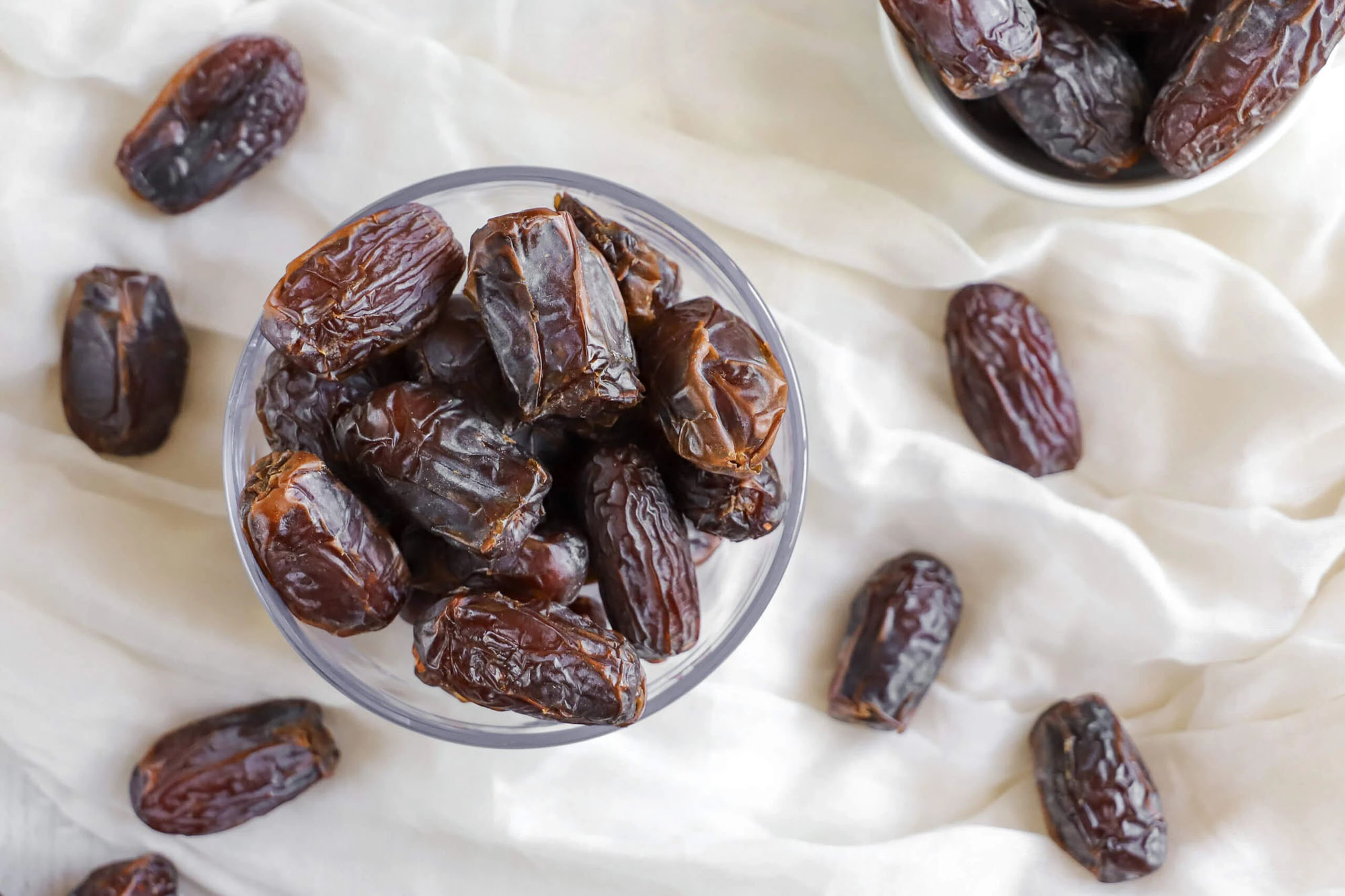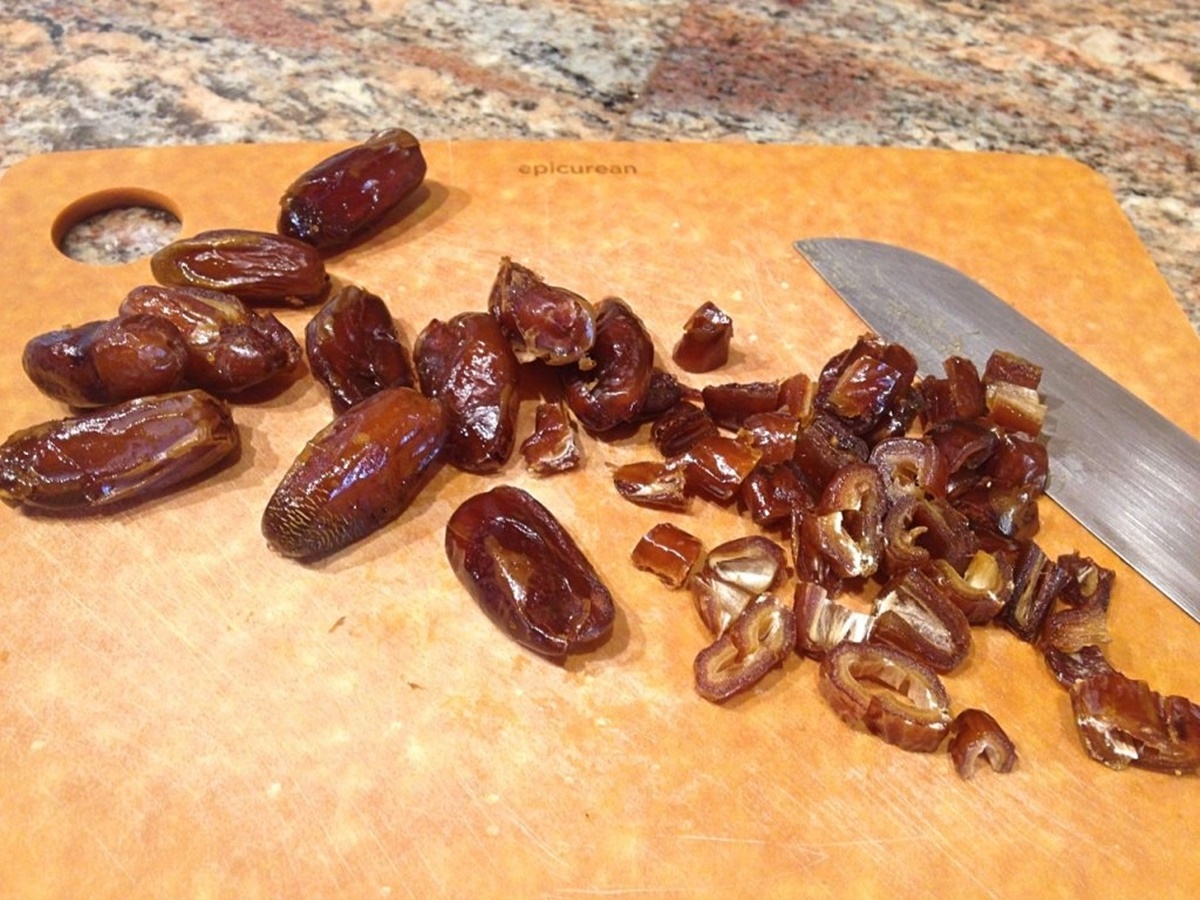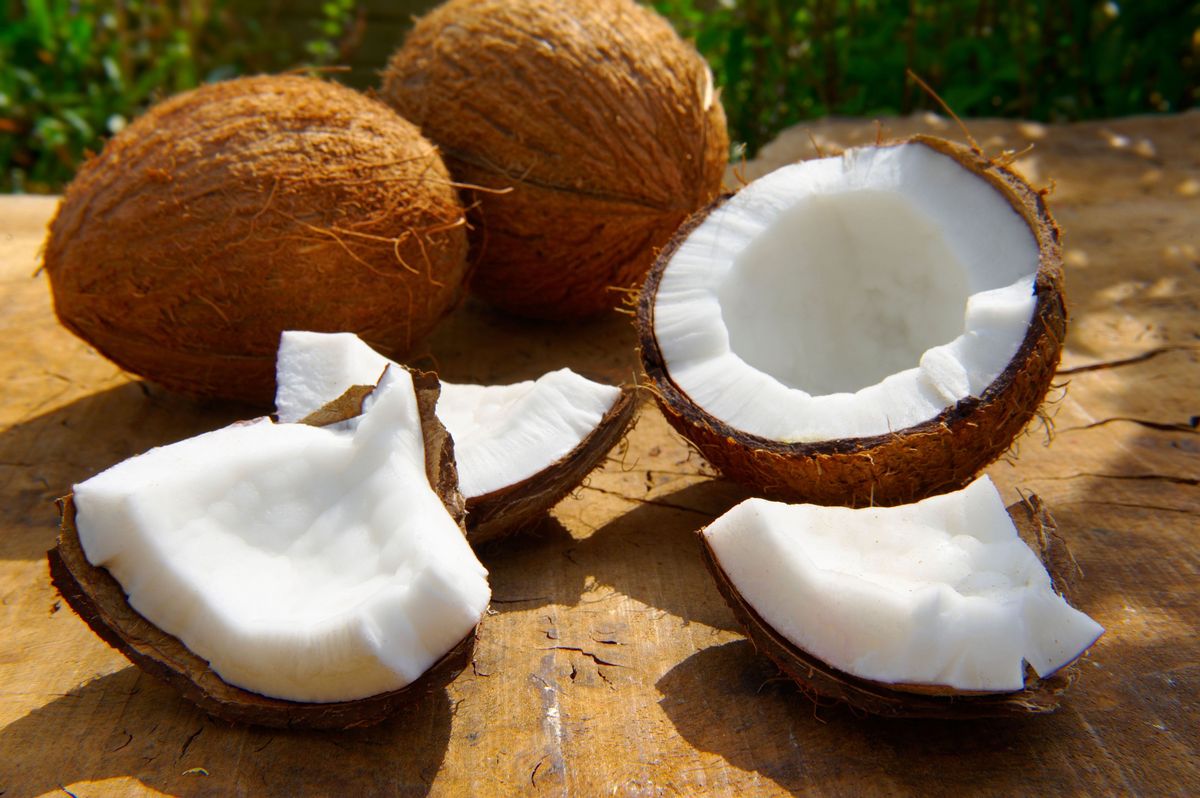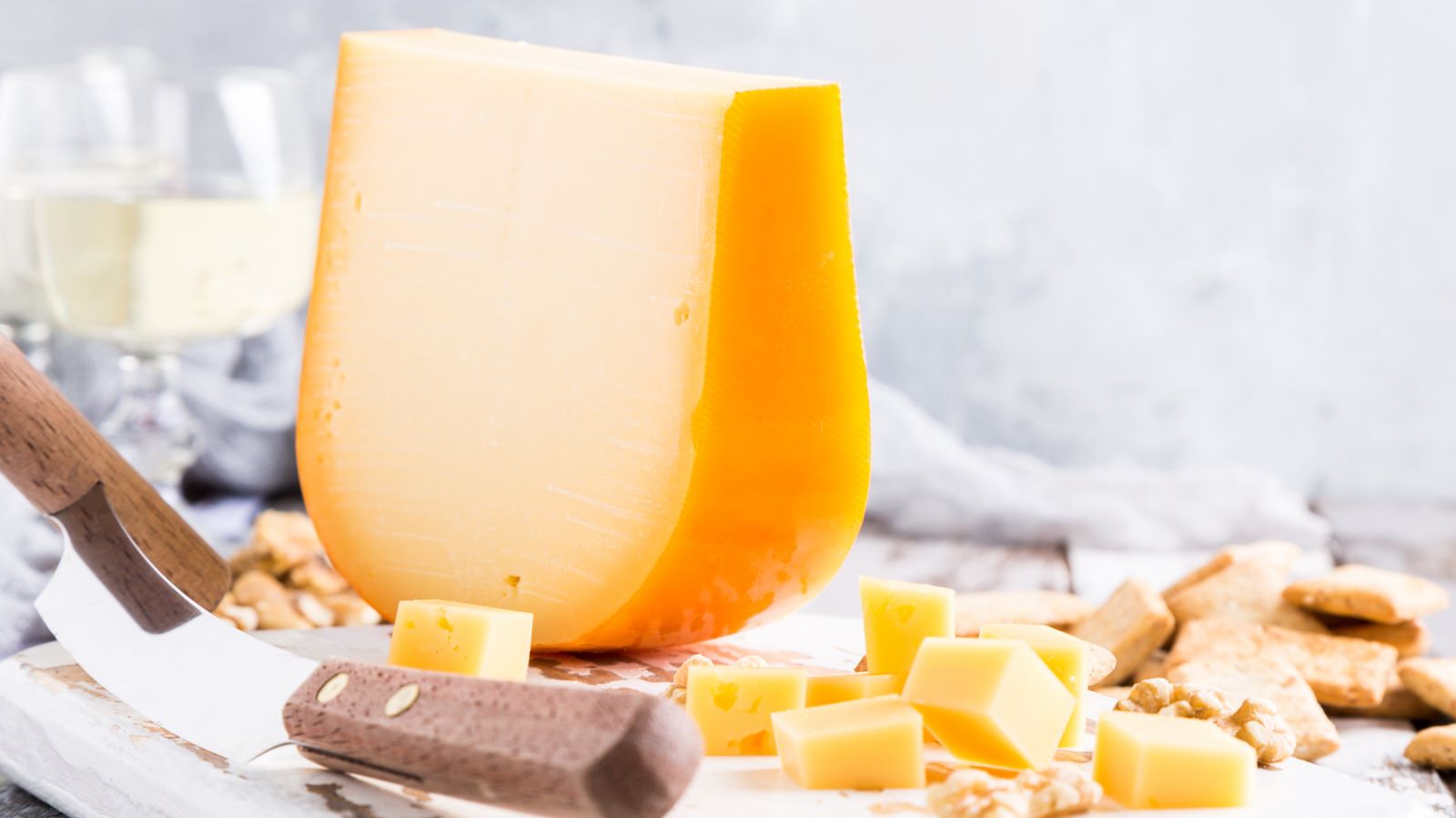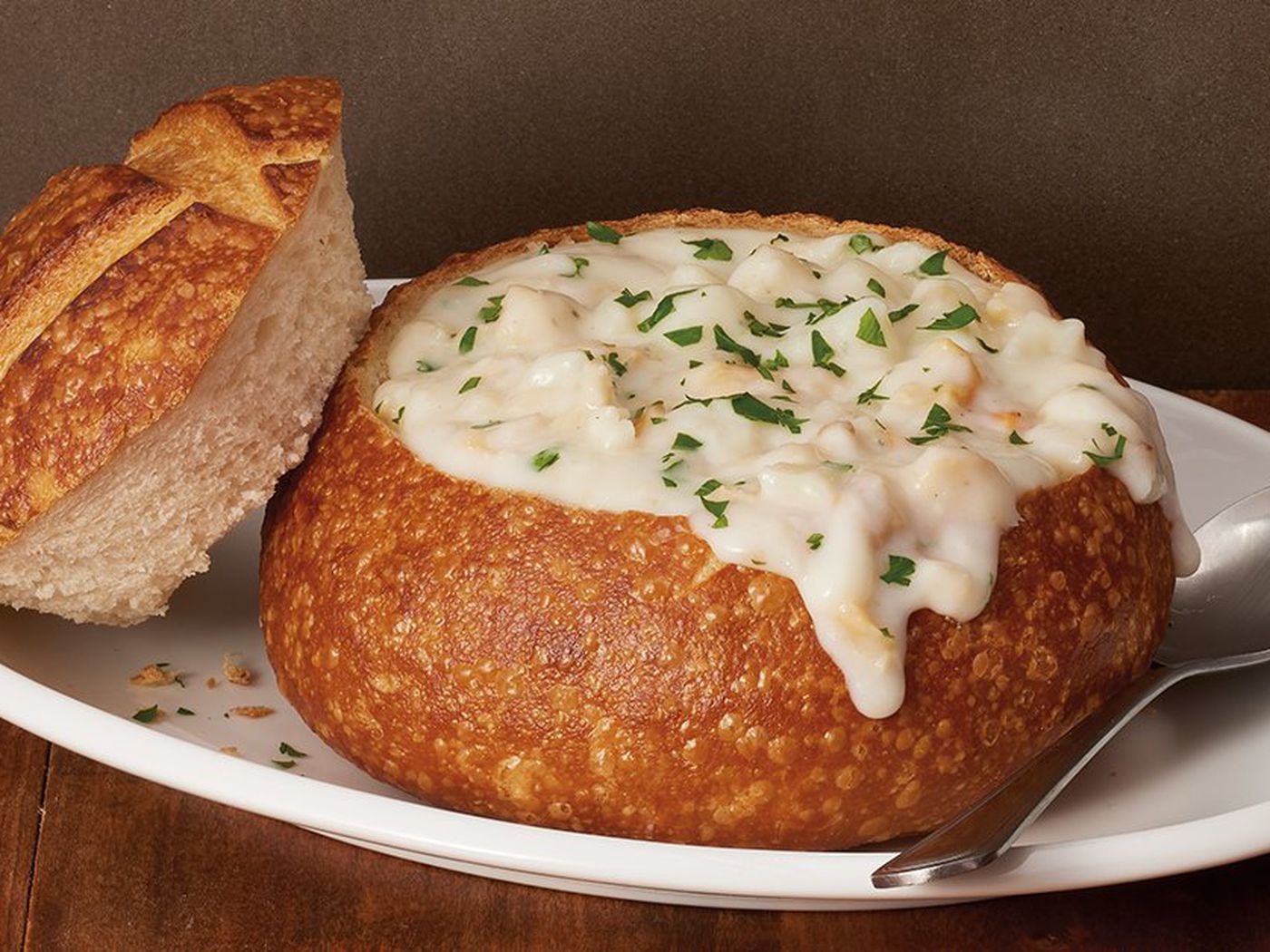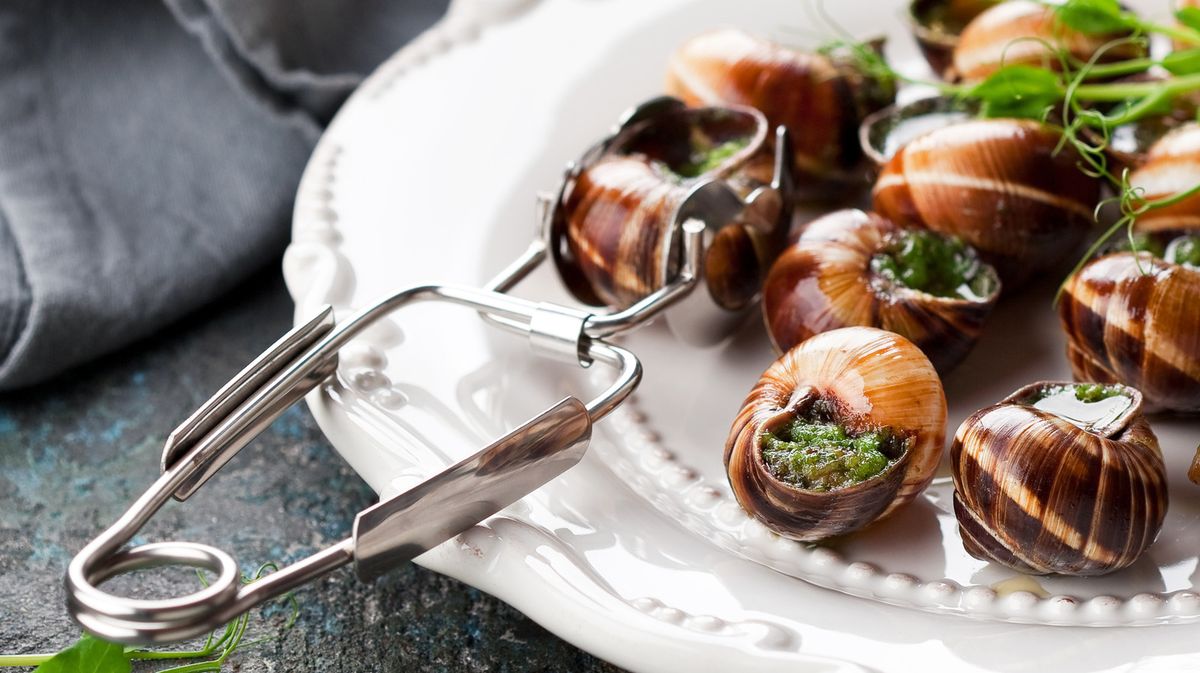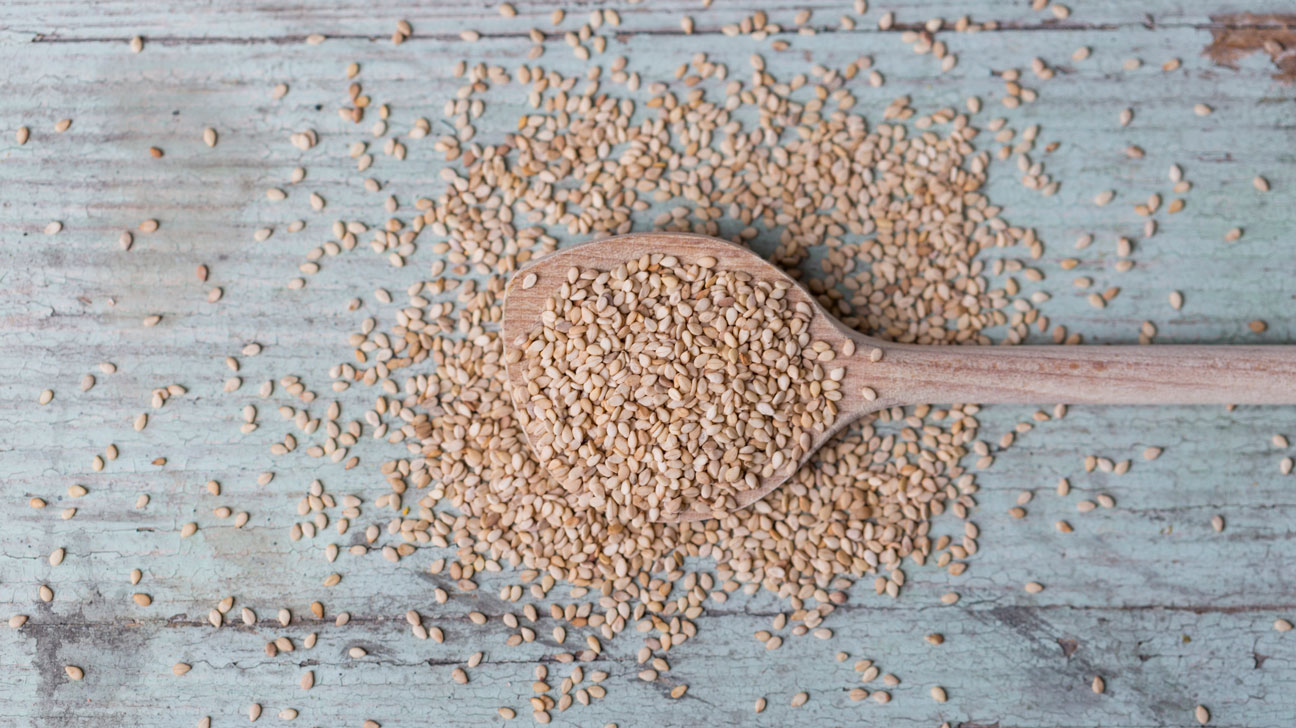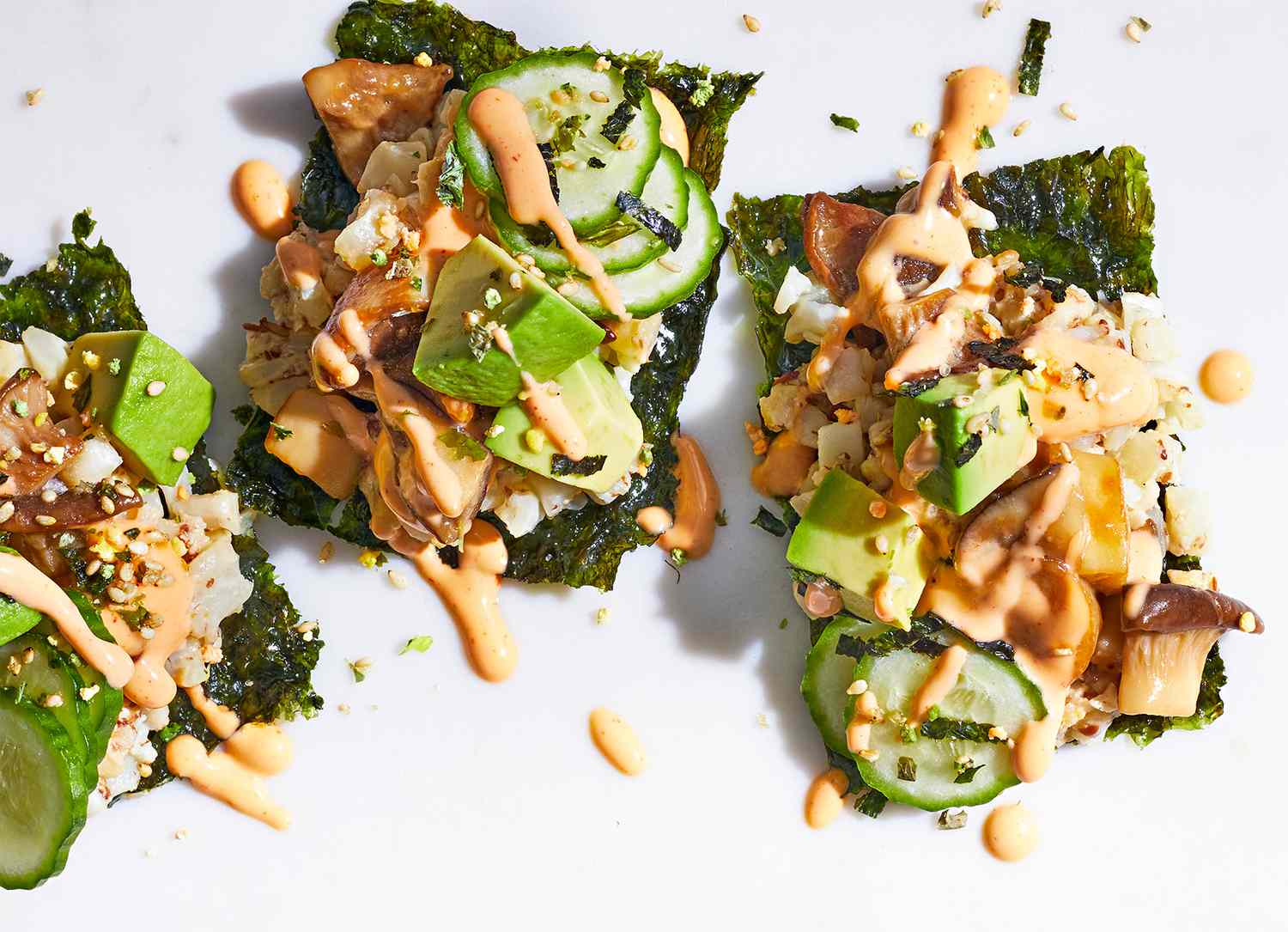Unlocking the Nutritional Benefits of Date Pits
When it comes to dates, most people enjoy the sweet and chewy flesh of the fruit, but what about the pit? Surprisingly, date pits are packed with nutritional benefits and can be consumed in various ways. In this article, we’ll explore the different methods for eating date pits and how to unlock their potential health benefits.
Why Eat Date Pits?
While many people discard date pits without a second thought, these small seeds are actually rich in fiber, antioxidants, and essential minerals. By incorporating date pits into your diet, you can boost your nutrient intake and support overall health.
Methods for Eating Date Pits
There are several ways to consume date pits, each offering its own unique benefits. Here are some popular methods for incorporating date pits into your diet:
- Ground Date Pits: One of the most common ways to consume date pits is by grinding them into a fine powder. This powder can be added to smoothies, oatmeal, or baked goods for an extra nutritional boost.
- Date Pit Tea: Boiling date pits in water to make a tea is another popular method. This allows you to extract the nutrients from the pits and enjoy them in a warm, comforting beverage.
- Date Pit Paste: Some people choose to blend date pits with water to create a paste that can be used as a spread or added to recipes for a hint of nutty flavor.
Health Benefits of Date Pits
By incorporating date pits into your diet, you can experience a range of health benefits, including:
- Improved Digestive Health: Date pits are rich in fiber, which can support healthy digestion and prevent constipation.
- Antioxidant Protection: The antioxidants found in date pits help protect the body from oxidative stress and inflammation.
- Mineral Boost: Date pits contain essential minerals such as potassium, magnesium, and calcium, which are important for overall health and well-being.
Precautions and Considerations
While date pits offer numerous health benefits, it’s important to consume them in moderation. The pits can be quite hard and may pose a choking hazard if not consumed carefully. Additionally, individuals with certain medical conditions or dietary restrictions should consult with a healthcare professional before adding date pits to their diet.
In Conclusion
Don’t overlook the nutritional potential of date pits. By exploring different methods for consuming date pits, you can tap into their health-boosting properties and add a unique twist to your culinary creations. Whether it’s in the form of a powder, tea, or paste, date pits have a lot to offer in terms of both flavor and nutrition.
So, the next time you enjoy a delicious date, consider saving the pits and experimenting with different ways to incorporate them into your diet. Your body will thank you for it!
